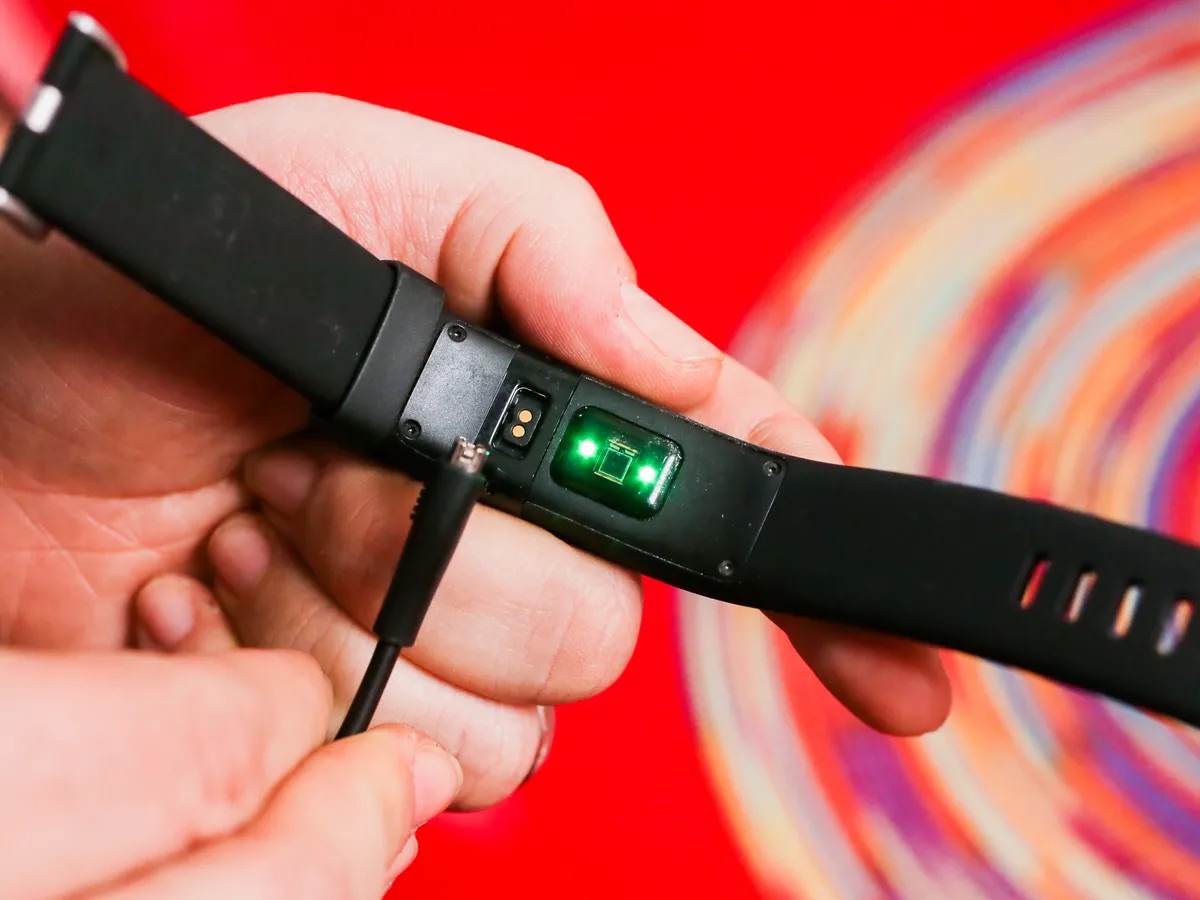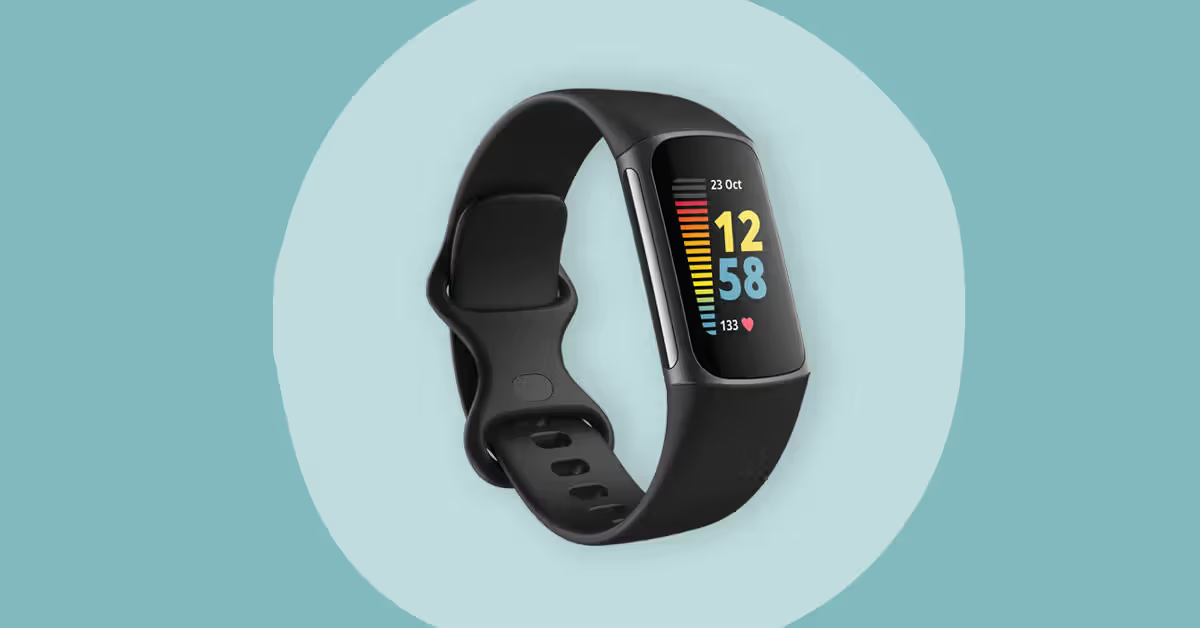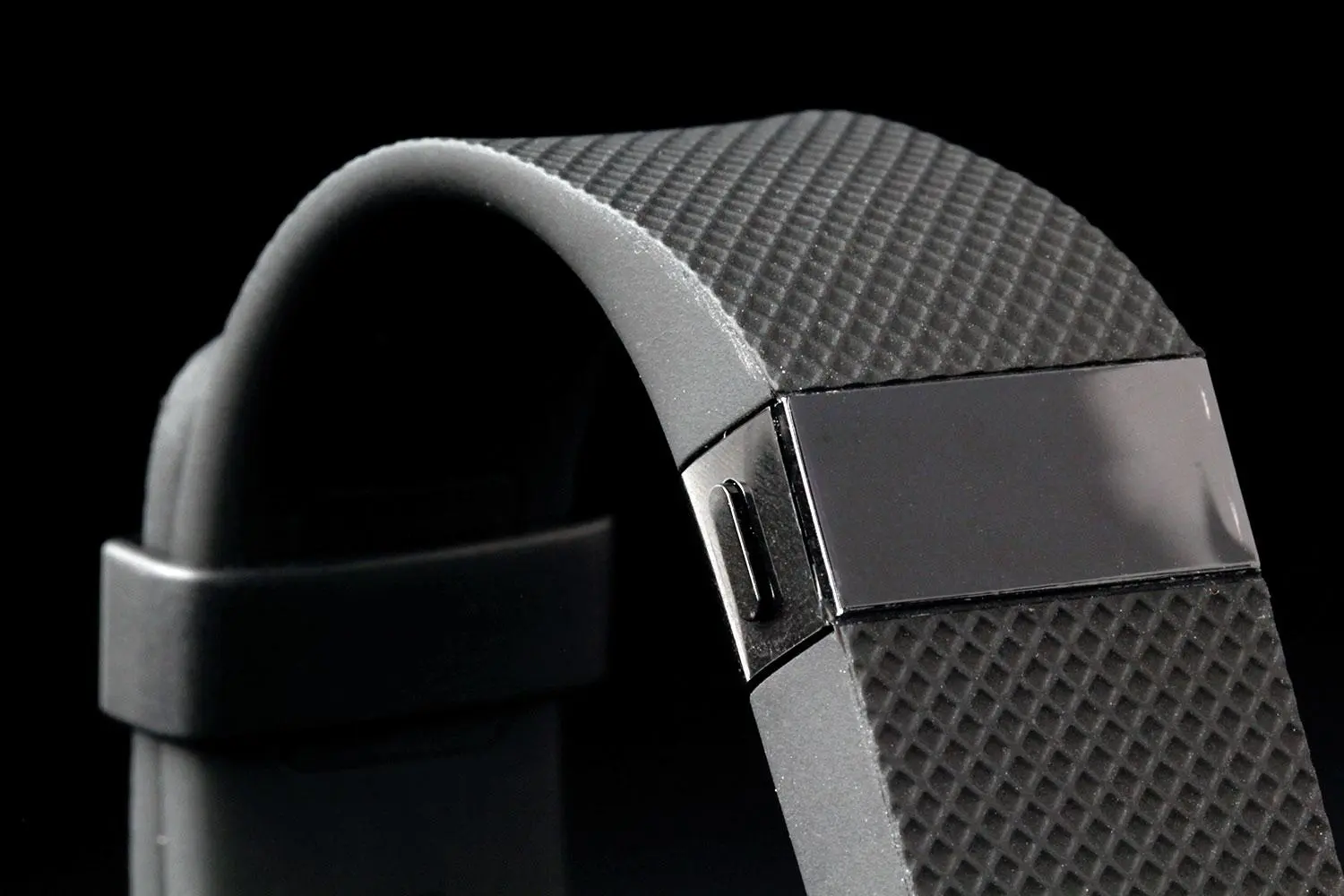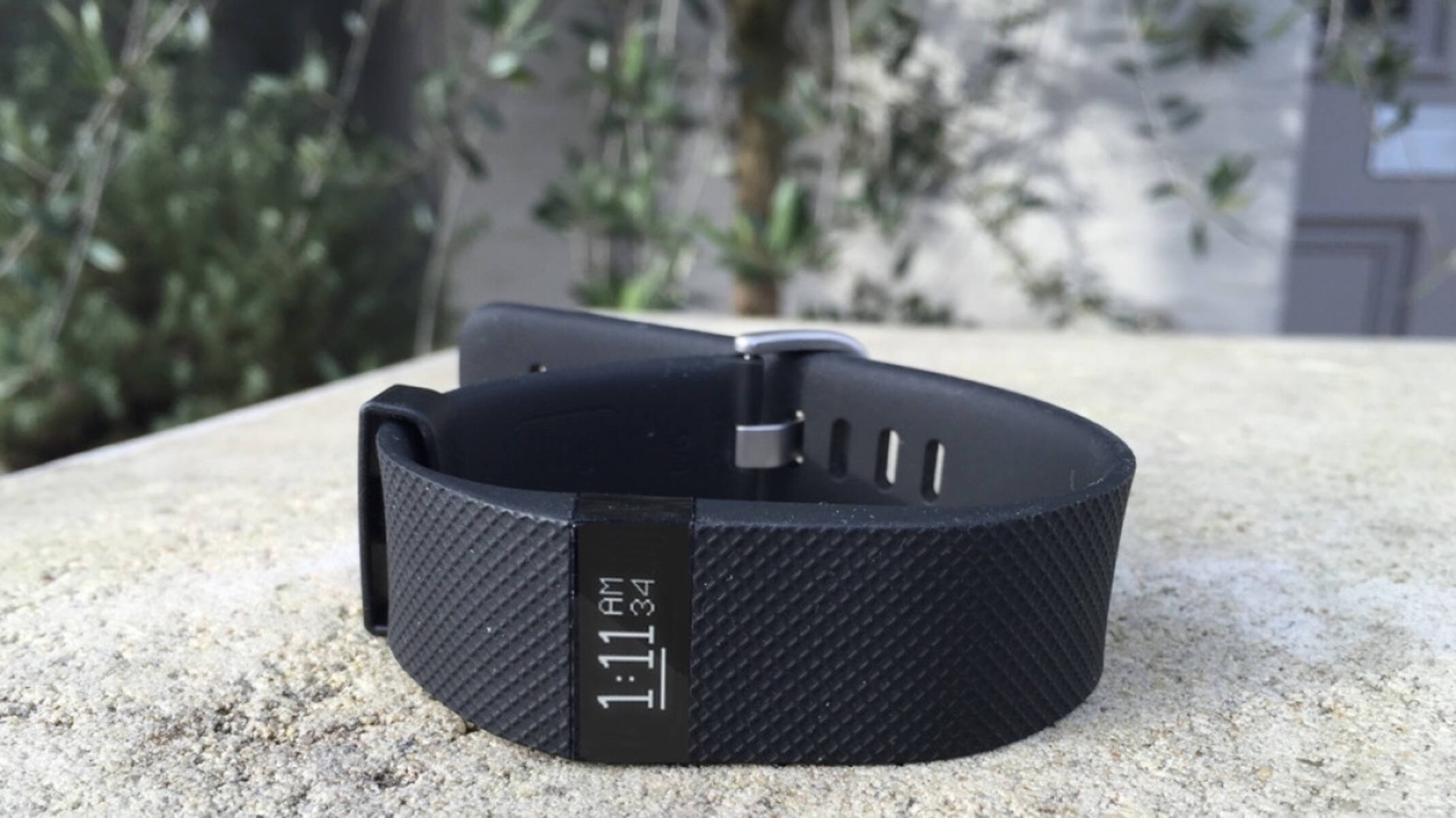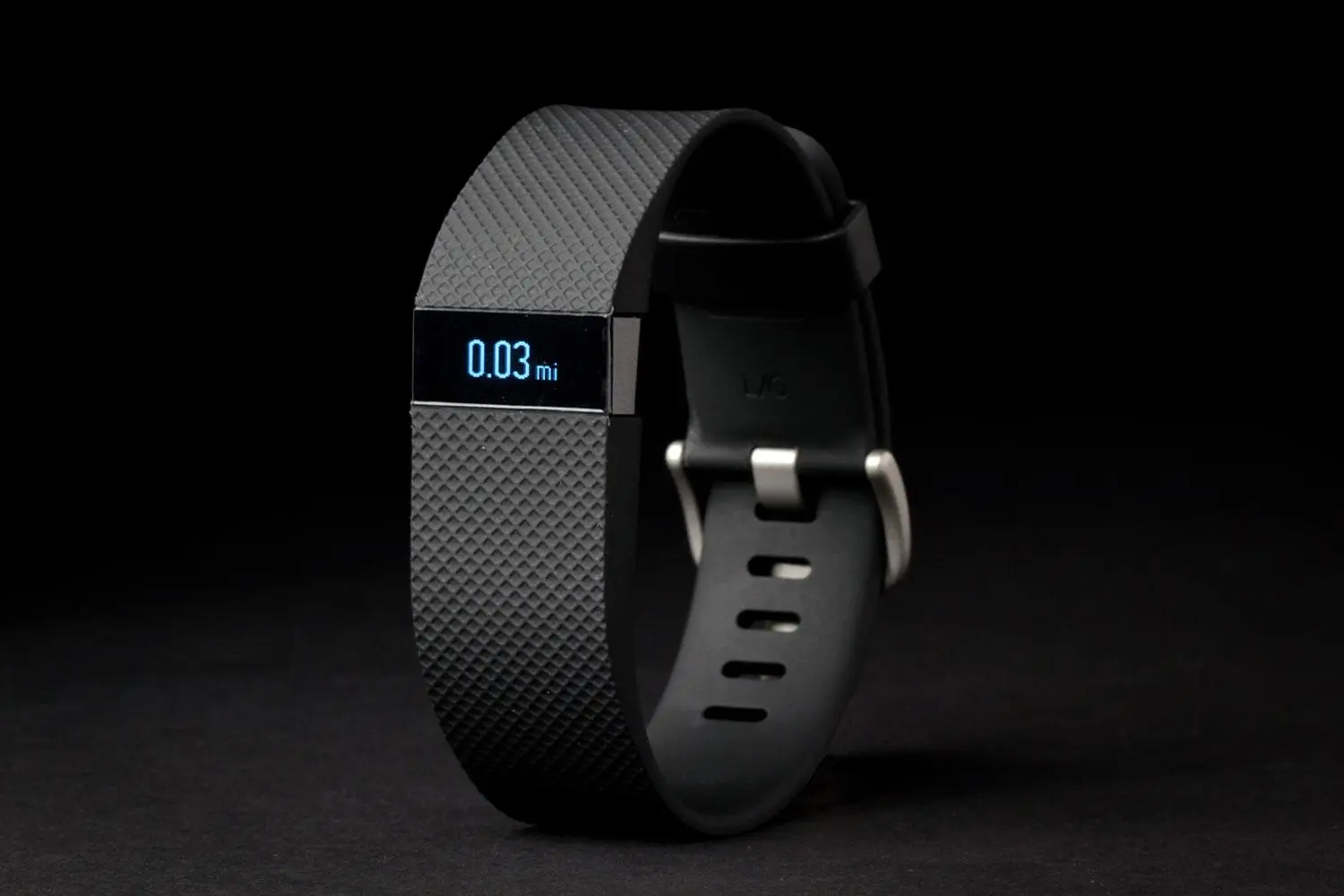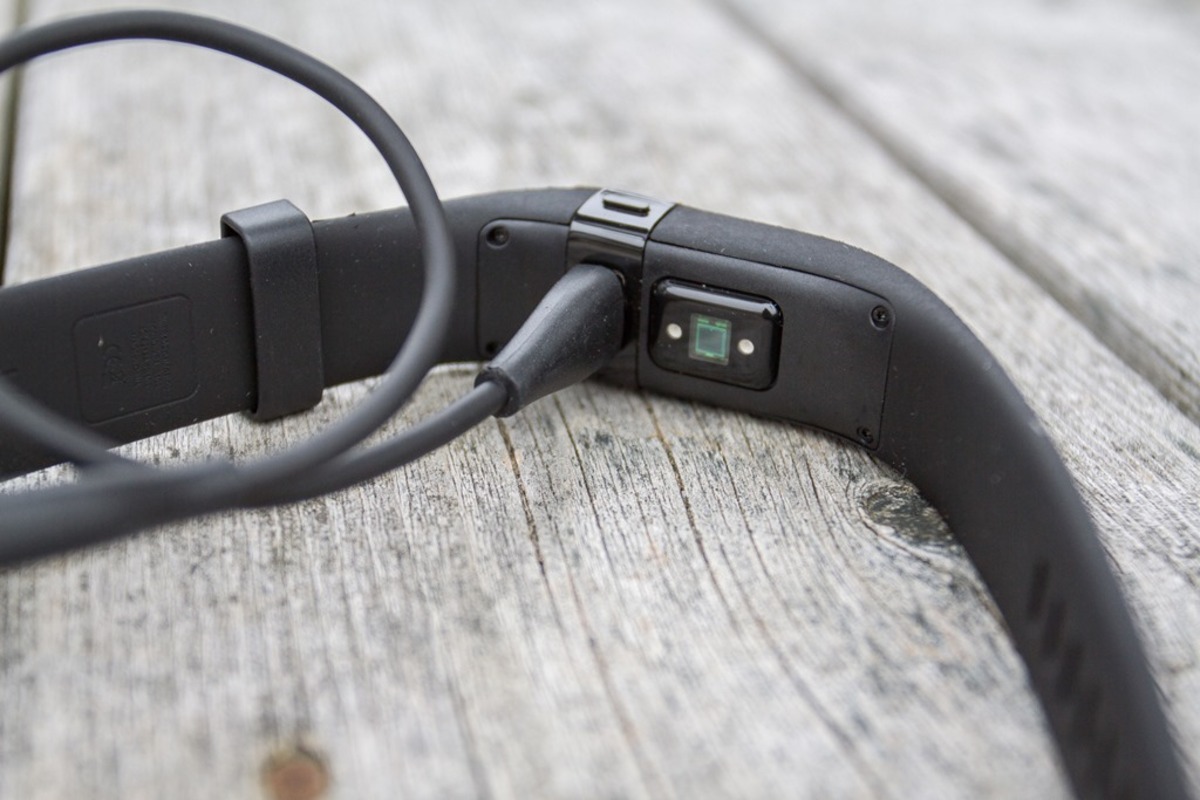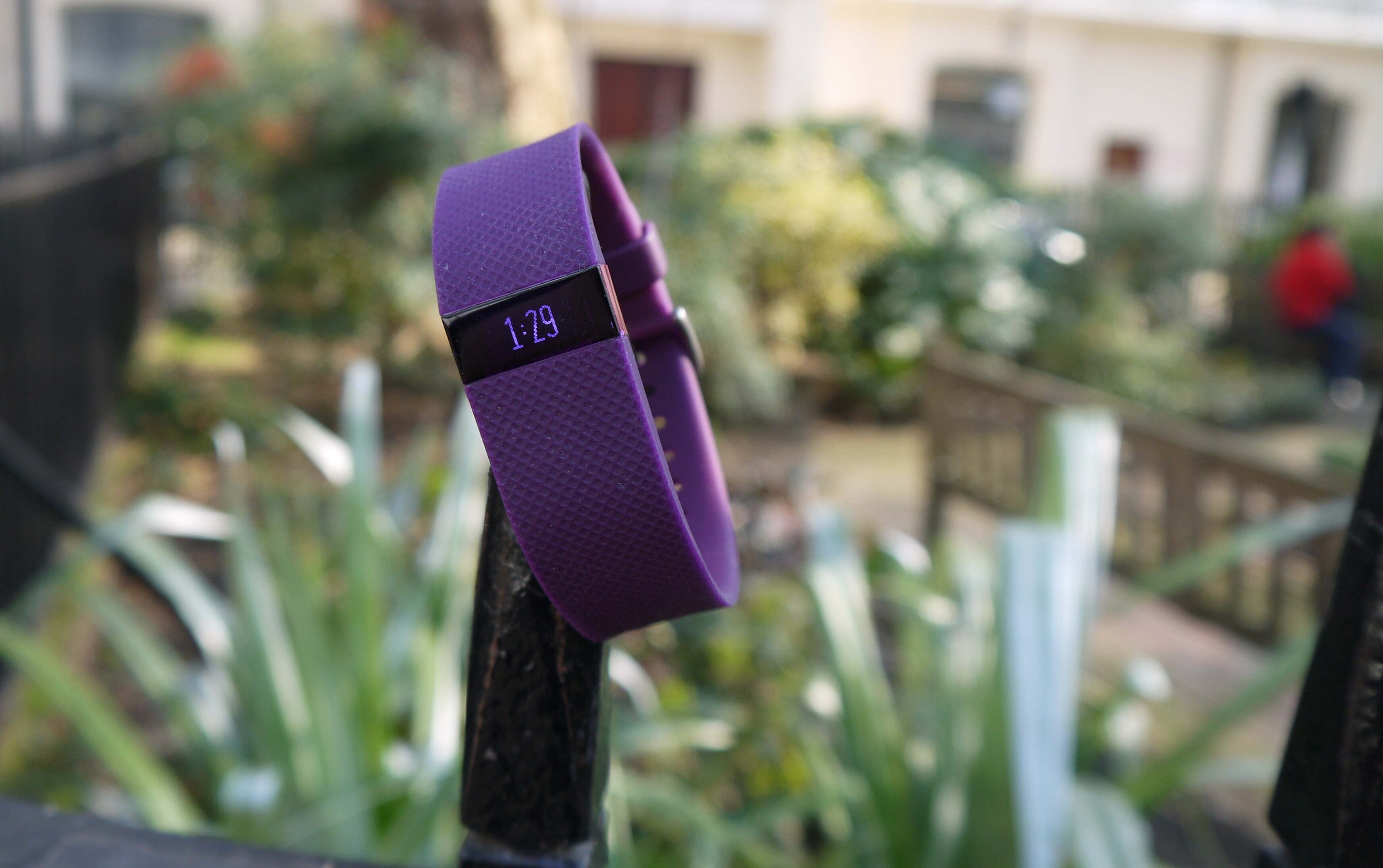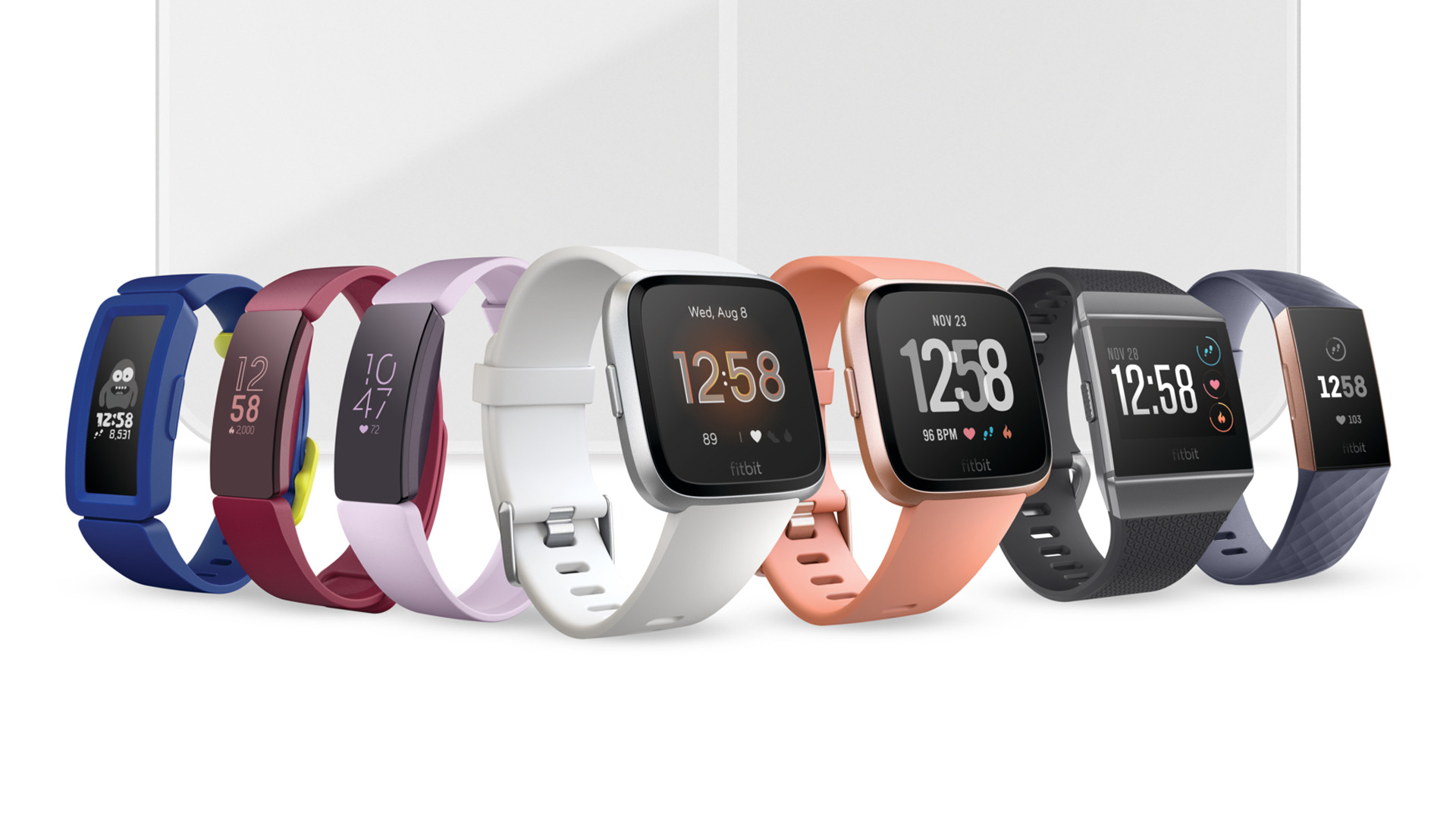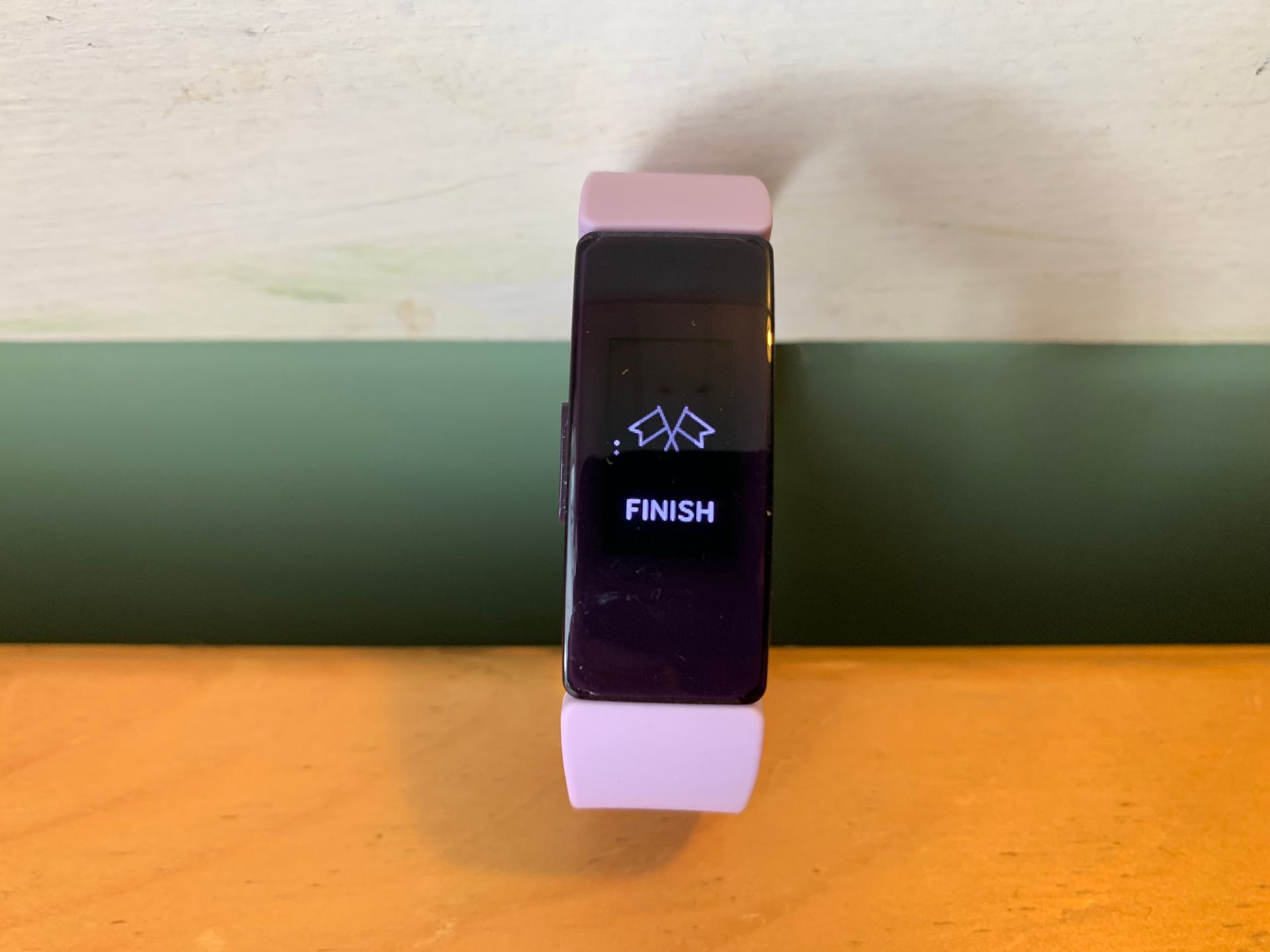Introduction
Welcome to the world of wearable fitness technology! If you're the proud owner of a Fitbit Charge HR, you're already familiar with the convenience and motivation that this nifty device brings to your fitness journey. However, to keep your Fitbit Charge HR functioning at its best, it's crucial to understand how to effectively manage its battery life. In this comprehensive guide, we'll delve into the essential aspects of charging your Fitbit Charge HR, along with valuable tips for maximizing its battery performance. Whether you're a fitness enthusiast, a busy professional, or someone looking to embrace a more active lifestyle, this article is designed to empower you with the knowledge to keep your Fitbit Charge HR powered up and ready to support your fitness goals.
The Fitbit Charge HR is more than just a step tracker. It's your reliable companion, diligently monitoring your heart rate, tracking your workouts, and providing valuable insights into your health and fitness progress. To ensure that it continues to serve you optimally, understanding the nuances of its battery management is crucial. This guide aims to demystify the process of charging your Fitbit Charge HR, offering practical advice to help you make the most of its battery life. Whether you're a seasoned Fitbit user or a newcomer to the world of wearable fitness devices, you'll find valuable information and actionable tips to enhance your experience with the Fitbit Charge HR.
So, get ready to power up your Fitbit Charge HR and embark on a seamless fitness journey. Let's dive into the intricacies of managing and optimizing the battery life of your Fitbit Charge HR, ensuring that it remains a reliable and indispensable part of your daily routine.
Understanding Your Fitbit Charge HR Battery
The Fitbit Charge HR is equipped with a powerful lithium-polymer battery designed to provide reliable and long-lasting performance. Understanding the key aspects of your Fitbit Charge HR battery is essential for effectively managing its power and ensuring uninterrupted usage.
Battery Capacity:
The battery capacity of the Fitbit Charge HR is approximately 70mAh, enabling it to sustain continuous tracking of your activities and heart rate monitoring for up to 5 days on a single charge. This impressive battery capacity allows you to stay focused on your fitness goals without the need for frequent recharging.
Battery Indicator:
Your Fitbit Charge HR features a convenient battery indicator that allows you to monitor the remaining battery life effortlessly. By simply tapping the device to wake it up, you can access the battery indicator on the display screen, providing you with real-time information about the current battery level. This feature empowers you to plan your charging schedule effectively and avoid unexpected interruptions during your fitness routines.
Charging Time:
When it's time to recharge your Fitbit Charge HR, you can expect a swift and efficient charging process. With the included charging cable, connecting your device to a power source allows it to reach a full charge within approximately 1-2 hours. This rapid charging capability ensures that your Fitbit Charge HR spends minimal time connected to the charger, allowing you to get back to your fitness activities without delay.
Battery Management:
To optimize the performance of your Fitbit Charge HR battery, it's advisable to maintain a regular charging routine. Keeping the battery level within the recommended range helps to sustain its longevity and overall health. Additionally, ensuring that the device's firmware is up to date can contribute to efficient battery management, as software updates often include enhancements that improve battery performance.
Environmental Considerations:
The Fitbit Charge HR is designed to withstand various environmental conditions, allowing you to wear it during workouts, outdoor activities, and everyday use. However, extreme temperatures can impact the battery life and performance of your device. It's important to avoid exposing your Fitbit Charge HR to excessively high or low temperatures, as this can affect the battery's efficiency and longevity.
By gaining a comprehensive understanding of your Fitbit Charge HR battery, you can harness the full potential of this advanced fitness tracking device. Armed with this knowledge, you'll be well-equipped to manage and optimize the battery life of your Fitbit Charge HR, ensuring that it remains a dependable companion in your fitness journey.
Charging Your Fitbit Charge HR
Charging your Fitbit Charge HR is a straightforward process that ensures your device remains powered up and ready to support your fitness endeavors. The included charging cable serves as the conduit for replenishing the battery, allowing you to seamlessly integrate charging into your routine. Here's a detailed look at the steps involved in charging your Fitbit Charge HR:
-
Locate the Charging Port:
The Fitbit Charge HR features a dedicated charging port located on the back of the device, strategically positioned to facilitate effortless connections with the charging cable. By identifying this port, you can easily align the charging cable for a secure and stable connection. -
Connecting the Charging Cable:
Once you've located the charging port, connect the charging cable to the Fitbit Charge HR by aligning the pins on the cable with the corresponding ports on the device. The secure magnetic connection ensures that the charging process initiates without any hassle, allowing you to proceed with confidence. -
Power Source Selection:
With the charging cable securely connected to your Fitbit Charge HR, the next step involves selecting a suitable power source for charging. Whether it's a USB port on your computer, a wall adapter, or a portable power bank, ensuring a stable power supply is essential for efficient charging. -
Initiating the Charging Process:
Once the charging cable is connected to a power source, the Fitbit Charge HR begins the charging process automatically. The device's display may indicate the commencement of charging, providing you with visual confirmation that the battery replenishment is underway. -
Monitoring the Charging Progress:
Throughout the charging duration, you can periodically check the device's battery indicator to track the progress. The battery indicator reflects the current battery level, allowing you to gauge the remaining charging time and plan your activities accordingly. -
Completing the Charging Cycle:
Upon reaching a full charge, the Fitbit Charge HR notifies you of the completed charging cycle, signaling that the device is ready for use. At this point, you can disconnect the charging cable and prepare to embark on your fitness pursuits with a fully charged device.
By following these simple yet essential steps, you can effectively charge your Fitbit Charge HR, ensuring that it remains powered up and primed to support your fitness tracking needs. Embracing a regular charging routine not only sustains the device's battery life but also enhances the overall reliability and functionality of your Fitbit Charge HR.
Tips for Extending Battery Life
Ensuring that your Fitbit Charge HR maintains optimal battery performance is pivotal for uninterrupted tracking of your fitness activities. By implementing the following tips, you can extend the battery life of your device and maximize its functionality:
-
Regular Charging Routine: Establishing a consistent charging schedule for your Fitbit Charge HR can significantly contribute to prolonging its battery life. By avoiding deep discharges and keeping the battery level within the recommended range, you can enhance the overall longevity of the device's power source.
-
Firmware Updates: Keeping your Fitbit Charge HR's firmware up to date is essential for efficient battery management. Firmware updates often include optimizations and enhancements that improve the device's power utilization, ultimately extending its battery life.
-
Disable Unnecessary Features: The Fitbit Charge HR offers a range of features and settings that may not be essential for your daily activities. Disabling unnecessary functions such as continuous heart rate monitoring or excessive notifications can conserve battery power, allowing your device to operate for extended periods on a single charge.
-
Optimize Notifications: Customizing your notification preferences on the Fitbit app can help reduce the frequency of alerts and notifications, thereby minimizing the device's power consumption. Selecting only the most relevant notifications ensures that your Fitbit Charge HR conserves energy while still keeping you informed.
-
Screen Brightness Adjustment: The display brightness of your Fitbit Charge HR can impact its battery life. Adjusting the screen brightness to an optimal level that remains visible in various lighting conditions while minimizing power consumption can contribute to prolonged battery performance.
-
Proper Environmental Care: Protecting your Fitbit Charge HR from extreme temperatures and excessive moisture is crucial for maintaining its battery health. Avoiding prolonged exposure to extreme conditions safeguards the battery's efficiency and ensures consistent performance.
-
Power Saving Mode: Leveraging the power-saving mode, if available, can extend the battery life of your Fitbit Charge HR. This mode typically optimizes power usage by adjusting certain settings, allowing the device to operate efficiently for an extended duration.
By incorporating these practical tips into your Fitbit Charge HR usage, you can effectively extend its battery life, ensuring that it remains a dependable companion throughout your fitness journey. Embracing these strategies empowers you to make the most of your device's capabilities while optimizing its power management for sustained performance.
Troubleshooting Charging Issues
While charging your Fitbit Charge HR is typically a seamless process, encountering occasional issues can disrupt the replenishment of the device's battery. Understanding common charging problems and implementing troubleshooting measures can help you overcome these obstacles and ensure that your Fitbit Charge HR remains adequately powered. Here are some effective troubleshooting steps to address charging issues:
-
Inspect the Charging Cable: Begin by examining the charging cable for any signs of damage or wear. Ensure that the pins and connectors are clean and free from debris, as dirt or residue can hinder the charging process. If any damage is detected, consider using a different charging cable to isolate potential cable-related issues.
-
Reset the Fitbit Charge HR: Performing a reset on your Fitbit Charge HR can resolve minor software glitches that may impede the charging functionality. To reset the device, connect it to the charging cable and press and hold the button on the device for approximately 10-15 seconds. Upon release, the device should restart, potentially resolving the charging issue.
-
Change Power Sources: If the Fitbit Charge HR fails to charge from a specific power source, such as a computer USB port, try using an alternative power outlet or a different USB adapter. Fluctuations in power supply or issues with the power source can impact the charging process, and switching to a different outlet can often resolve such issues.
-
Clean the Charging Port: Over time, the charging port on the Fitbit Charge HR may accumulate dirt, lint, or debris, inhibiting the connection with the charging cable. Gently clean the charging port using a soft, dry cloth or a cotton swab to ensure a secure and unobstructed connection for charging.
-
Update the Fitbit App: Ensuring that the Fitbit app on your smartphone is up to date can address potential compatibility issues that may affect the charging process. Updating the app to the latest version can introduce bug fixes and optimizations that enhance the device's charging functionality.
-
Check for Firmware Updates: Periodically check for firmware updates for your Fitbit Charge HR. Installing the latest firmware can address known charging-related issues and introduce performance enhancements that optimize the device's battery management.
By diligently applying these troubleshooting techniques, you can effectively address charging issues with your Fitbit Charge HR, ensuring that the device remains powered up and ready to support your fitness tracking needs. If persistent charging problems persist despite these efforts, reaching out to Fitbit's customer support for further assistance may be necessary to resolve underlying hardware or software issues.
These troubleshooting measures empower you to overcome charging obstacles, allowing you to maintain a consistent and reliable power supply for your Fitbit Charge HR as you pursue your fitness goals.
Conclusion
In conclusion, mastering the art of charging and managing the battery life of your Fitbit Charge HR is essential for maximizing its potential as a reliable fitness companion. By understanding the nuances of the device's battery capacity, charging process, and effective battery management, you can ensure that your Fitbit Charge HR remains ready to support your fitness journey without interruptions.
The Fitbit Charge HR's lithium-polymer battery, with its impressive capacity of approximately 70mAh, empowers you to engage in continuous activity tracking and heart rate monitoring for up to 5 days on a single charge. This remarkable battery performance aligns seamlessly with your active lifestyle, allowing you to focus on your fitness goals without the burden of frequent recharging.
Navigating the process of charging your Fitbit Charge HR is a straightforward endeavor, facilitated by the intuitive design of the device's charging port and the efficient charging cable. By following the simple steps of connecting the cable, selecting a suitable power source, and monitoring the charging progress, you can seamlessly integrate charging into your routine, ensuring that your Fitbit Charge HR is always prepared for action.
Furthermore, implementing practical tips for extending the battery life of your Fitbit Charge HR, such as maintaining a regular charging routine, optimizing notifications, and leveraging power-saving features, empowers you to maximize the device's longevity and functionality. These strategies enable you to harness the full potential of your Fitbit Charge HR, ensuring that it remains a dependable and enduring component of your fitness regimen.
In the event of charging issues, the troubleshooting measures outlined in this guide equip you with the knowledge to address potential obstacles effectively. By inspecting the charging cable, performing device resets, and ensuring the cleanliness of the charging port, you can overcome common charging challenges and maintain a consistent power supply for your Fitbit Charge HR.
Ultimately, mastering the art of charging your Fitbit Charge HR and optimizing its battery life empowers you to embrace a seamless and uninterrupted fitness experience. By incorporating the insights and strategies presented in this guide, you can elevate your usage of the Fitbit Charge HR, ensuring that it remains a steadfast ally in your pursuit of health and wellness.
As you embark on your fitness journey with the Fitbit Charge HR, may the knowledge and tips shared in this guide serve as your compass, guiding you toward a harmonious and enduring relationship with your fitness tracking companion.







